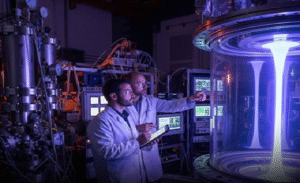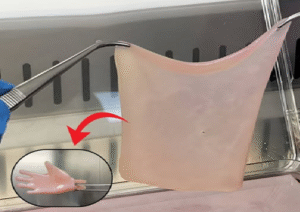The Delhi Police implemented India’s first Advanced Traffic Control (ATC) system in April 2000, installing it at 47 intersections across the capital city. This high-tech, sensor-based system was designed to enhance traffic management by dynamically adjusting signal timings based on real-time traffic flow.
- Intelligent Sensors:
The system uses vehicle detection sensors to measure the volume of traffic at each intersection.
It dynamically adjusts signal durations to reduce congestion and waiting time.
- Adaptive Traffic Management:
Instead of fixed signal timers, the system prioritizes roads with higher traffic density.
Helps in smoother traffic movement by automatically adjusting green-light durations.
- Real-time Traffic Assessment:
Sensors analyze traffic buildup and pedestrian movement to optimize signal changes.
Minimizes unnecessary stoppages, leading to better fuel efficiency and lower emissions.
- Integration with Traffic Control Centers:
Data from the system is relayed to traffic management centers for real-time monitoring.
Allows authorities to detect congestion, accidents, and bottlenecks for quick intervention.
Reduced congestion at major intersections.
Faster commute times for motorists.
Lower fuel consumption and pollution due to reduced idling.
Improved traffic law enforcement through better monitoring.
This smart traffic system was an early step in modernizing Delhi’s traffic management, paving the way for more advanced AI-driven and sensor-based traffic control technologies in Indian cities.







